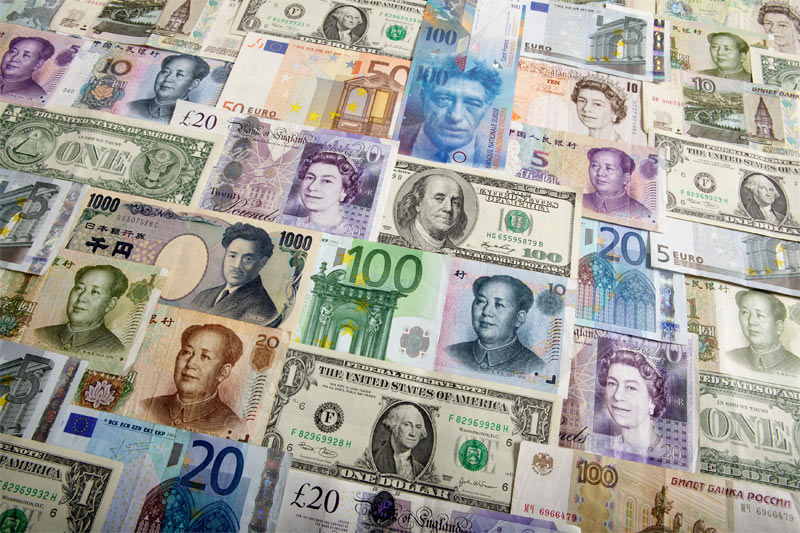TSX jumps amid Fed rate cut hopes, ongoing U.S. government shutdown
Investing.com -- The Mexican peso fell over 2% to a nearly three-year low against the U.S. dollar on Monday. This came in response to the United States imposing 25% tariffs on Mexico, marking a significant development in a new global trade war.
In retaliation, Mexican President Claudia Sheinbaum and Canadian Prime Minister Justin Trudeau, whose country was also targeted, ordered counter tariffs. Trudeau warned that these tariffs would have tangible repercussions for Americans.
These reciprocal actions prompted investors to purchase the safe-haven U.S. dollar and divest from vulnerable currency, stock, and bond markets in an effort to minimize potential losses.
Mexico sends nearly 83% of its exports to the U.S., a trade that represents more than a quarter of its gross domestic product (GDP). Analysts at Morgan Stanley (NYSE:MS) warned clients that a widespread and long-term tariff scenario with 25% tariffs across all Mexican products could push the economy into recession.
The analysts also forecasted a 5-10% drop in the peso. As Mexico is expected to implement retaliatory tariffs, domestic inflation could rise between 1-1.5 percentage points, leading to the country’s central bank maintaining elevated interest rates.
U.S. President Donald Trump’s executive orders mean the 25% tariffs will be imposed on most Mexican and Canadian imports starting Tuesday, barring a last-minute agreement. China is also anticipated to face an additional 10% tariff on its goods.
President Trump acknowledged that Americans could experience "some pain" in the form of increased consumer prices. The impact of the trade war is expected to reverberate far beyond North America.
This article was generated with the support of AI and reviewed by an editor. For more information see our T&C.
